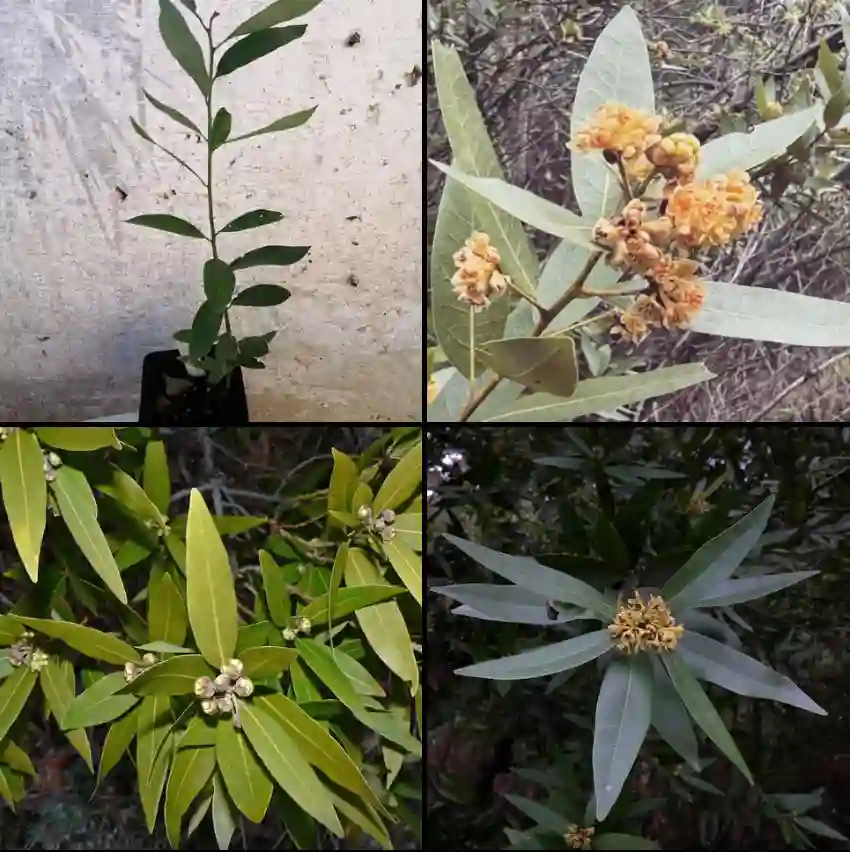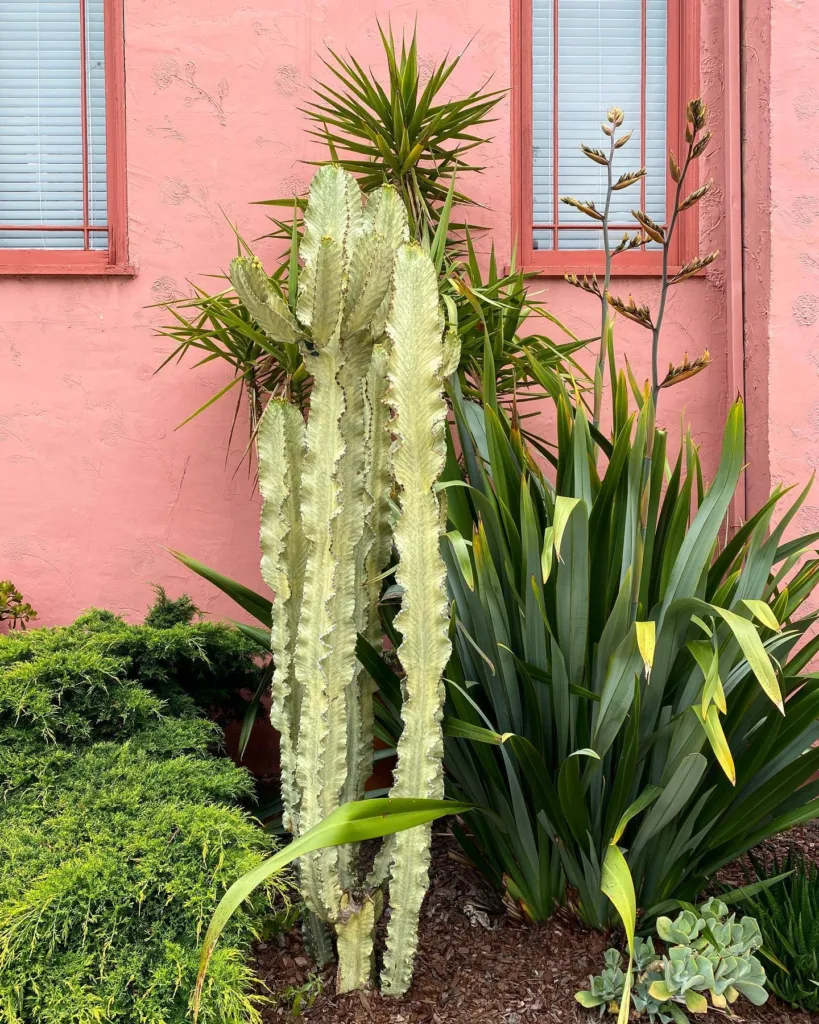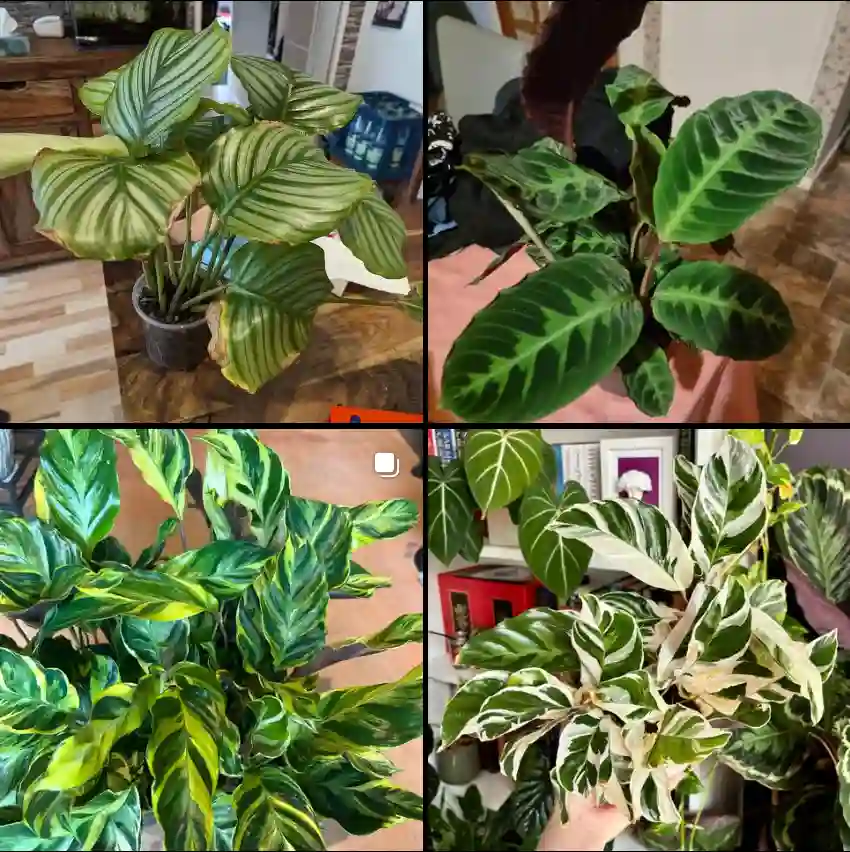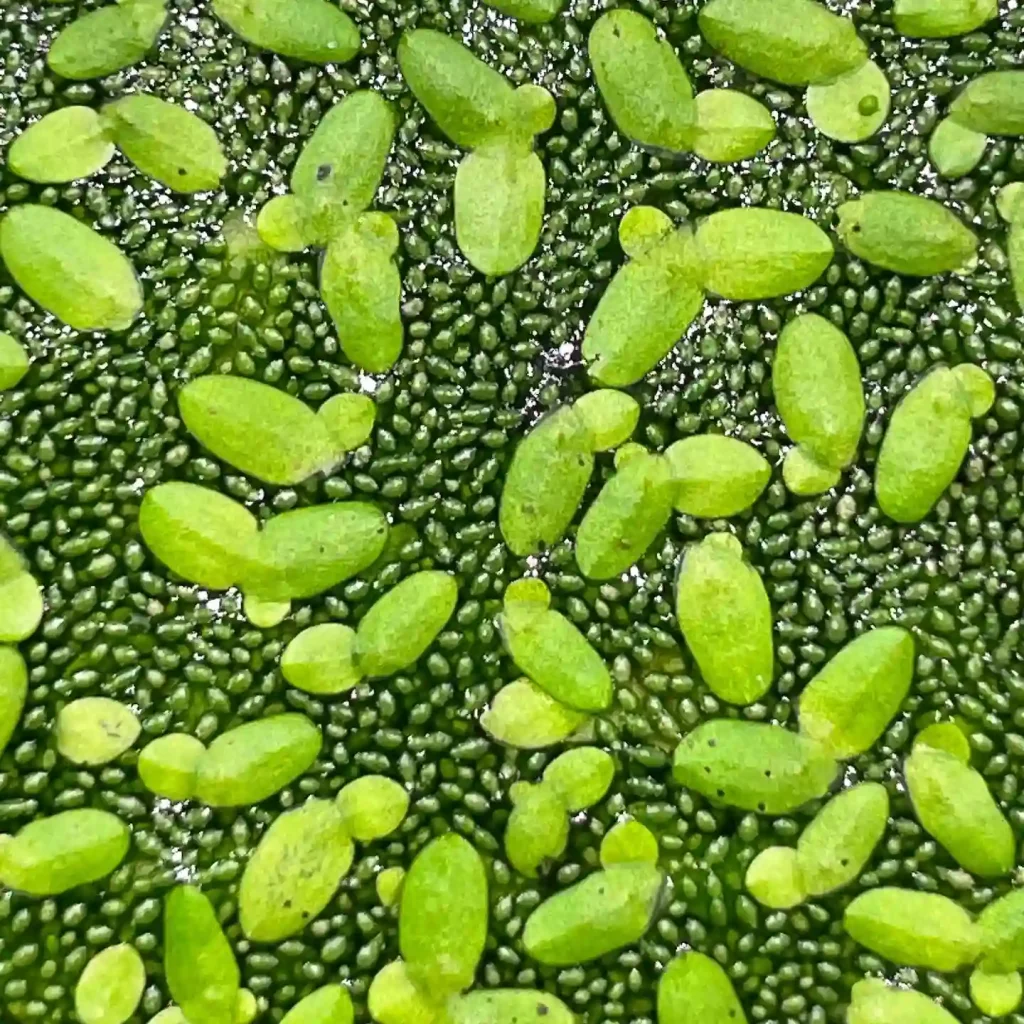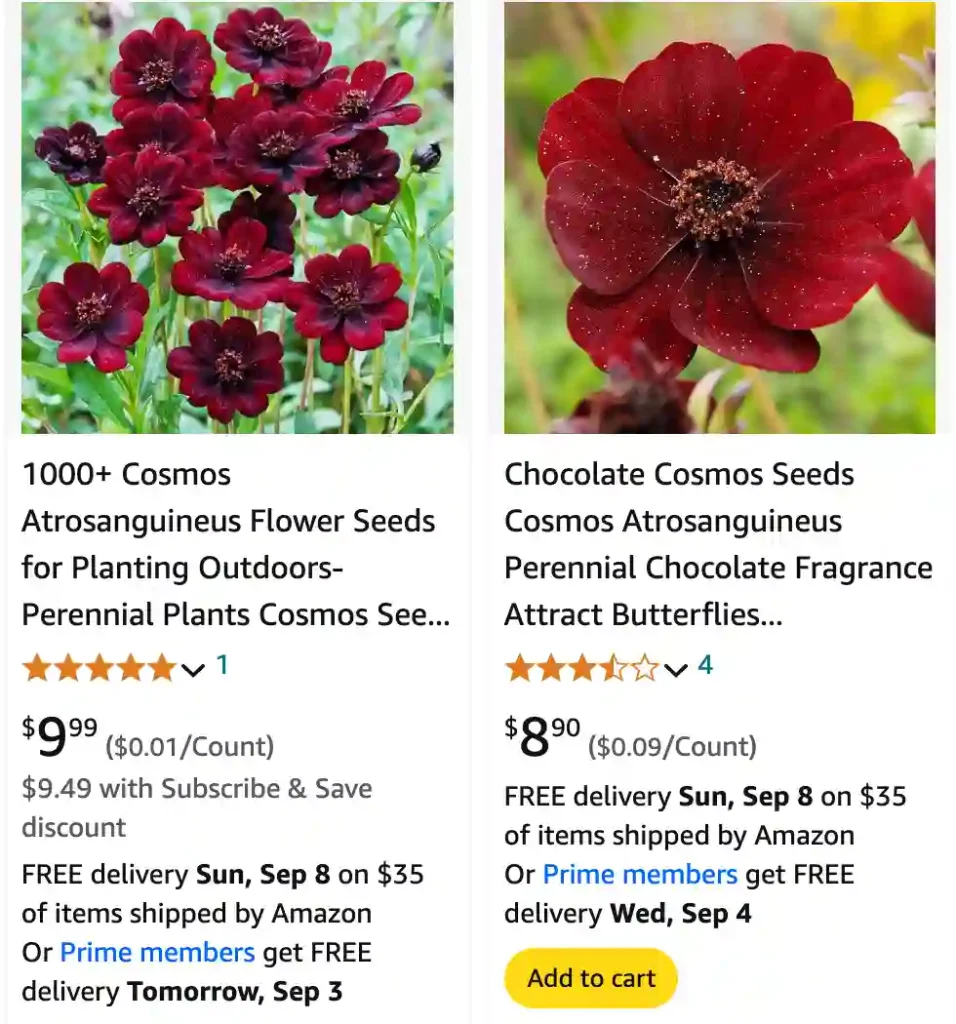
Frequently Asked Questions About Cosmos Atrosanguineus
As a garden enthusiast, I’ve had my fair share of experiences with Cosmos Atrosanguineus, also known as the Chocolate Cosmos. This stunning perennial is known for its deep brown, almost chocolate-colored flowers and its rich fragrance. If you’re considering adding Cosmos Atrosanguineus to your garden, you might have some questions about how to best care for it. Here’s a comprehensive guide based on my personal experiences and insights.
35 Species in Genus Cosmos
How to Plant Cosmos Atrosanguineus?
Planting Cosmos Atrosanguineus can be a rewarding experience if you get it right. Here’s what I’ve learned:
- Soil Preparation: Cosmos Atrosanguineus thrives in well-drained soil. I’ve found that adding some compost to enrich the soil can help. It prefers a slightly acidic to neutral pH, so keep that in mind when preparing your garden bed.
- Planting Method: You can start Cosmos Atrosanguineus from seeds or transplants. I’ve had success starting seeds indoors about 8-10 weeks before the last frost date. Sow the seeds in seed trays, covering them lightly with soil. Once they’ve grown to a manageable size and all danger of frost has passed, transplant them outdoors.
- Spacing: When planting outdoors, space the plants about 12-18 inches apart. This allows them to grow without overcrowding and ensures good air circulation.
When to Plant Cosmos Atrosanguineus?
Timing is crucial for planting Cosmos Atrosanguineus. Here’s a timeline based on my gardening experience:
- Outdoor Planting: I recommend planting Cosmos Atrosanguineus outdoors after the last frost date. In most regions, this means planting in late spring or early summer. This timing ensures that the plants can establish themselves before the heat of summer.
- Indoor Planting: If you’re starting seeds indoors, begin 8-10 weeks before your area’s last frost. This gives the seedlings ample time to grow strong before being moved outside.
How to Care for Cosmos Atrosanguineus?
Caring for Cosmos Atrosanguineus is fairly straightforward. Here’s what I’ve learned from my own garden:
- Watering: These plants are relatively drought-tolerant, but they do appreciate regular watering, especially during dry periods. I water mine when the top inch of soil feels dry. Overwatering can lead to root rot, so ensure your soil is well-draining.
- Fertilizing: I use a balanced, all-purpose fertilizer once or twice during the growing season. Too much fertilizer can lead to excessive foliage at the expense of blooms, so moderate use is key.
- Pruning: Deadheading spent flowers helps to prolong blooming and encourages more flowers. I usually do this every couple of weeks during the growing season.
How to Propagate Cosmos Atrosanguineus?
Propagation of Cosmos Atrosanguineus can be done through seeds or division:
- Seeds: Collect seeds from mature flowers at the end of the growing season. Store them in a cool, dry place until you’re ready to start them indoors.
- Division: In late spring, you can divide mature plants to propagate them. Carefully dig up the plant, separate the roots, and replant the divisions in new locations.
What to Plant With Cosmos Atrosanguineus?
Cosmos Atrosanguineus pairs beautifully with a variety of other plants:
- Complementary Plants: I’ve had great success planting it alongside other perennials such as Echinacea or Rudbeckia. The contrast in flower colors and shapes creates a visually appealing garden.
- Companion Plants: For a garden with a more tropical feel, try planting it with plants like Cannas or Calla Lilies.
Can You Grow Cosmos Atrosanguineus Indoors?
While Cosmos Atrosanguineus is primarily an outdoor plant, it can be grown indoors with the right conditions:
- Light Requirements: If you’re growing it indoors, ensure it receives plenty of light. A south-facing window or grow lights will help mimic the sunlight it needs.
- Pot Size: Use a pot with good drainage to prevent waterlogging. Regularly check the soil moisture and provide adequate space for growth.
Is Cosmos Atrosanguineus Toxic?
One of the questions I often get is about toxicity:
- Non-Toxic: Fortunately, Cosmos Atrosanguineus is non-toxic to pets and humans. This makes it a safe choice for family gardens and homes with animals.
Benefits of Cosmos Atrosanguineus
Beyond its beauty, Cosmos Atrosanguineus has several benefits:
- Aesthetic Appeal: The unique chocolate scent and rich, dark flowers add a touch of elegance to any garden.
- Pollinator Friendly: It attracts butterflies and bees, which helps in pollinating other plants in your garden.
Common Problems with Cosmos Atrosanguineus
Like any plant, Cosmos Atrosanguineus can face a few issues:
- Pests: Watch out for aphids and spider mites. Regularly inspect your plants and use organic pest control methods if needed.
- Diseases: Poor drainage can lead to fungal diseases. Ensure your soil drains well and avoid overhead watering.
Compare with Other Similar Plants
Comparing Cosmos Atrosanguineus to other plants might help clarify its unique attributes:
- Cosmos Bipinnatus: While both are Cosmos varieties, Cosmos Bipinnatus has lighter-colored flowers and a more upright growth habit compared to the dark, bushy Cosmos Atrosanguineus.
- Chocolate Mint: Sometimes confused with Chocolate Cosmos due to the name, Chocolate Mint is a different plant with a minty aroma rather than the chocolate scent of Cosmos Atrosanguineus.
In conclusion, Cosmos Atrosanguineus is a fantastic addition to any garden, offering not only its distinctive beauty but also a range of practical benefits. With the right care and conditions, it can thrive and enhance your outdoor space for years to come.
If i die, water my plants!
